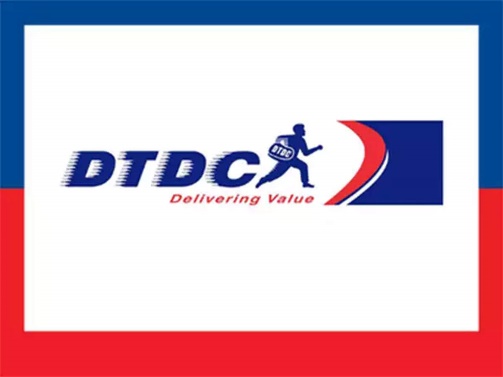Introduction
The valuable asset that belong to the traders and businessmen which is often associated with the goodwill or reputation of them is known as the trademark. So, a trade mark, or “mark” includes any word, symbol, design, phrase, smell, sound, color, letters, number, or combination of any of these which are employed by the company in order to identify the products or services of the company, and also to distinguish the company’s products and services from products and services of others. The trademark is an indicator of quality of goods and services when the consumer becomes conversant with particular marks. However, marks often are categorized according to the type of identification involved. The field of trademark has undergone a drastic change with the introduction of non-conventional trademark such as fragrance marks, sound marks, flavor marks, feel marks, motion marks. The legislative definitive of mark is given in section 2 (m) of the Trade Marks Act, 1999.
In the case of Andrew v Keuhnrich[1], the court observed categorically the function that is being played by the trademark namely,
(1) Identification of the origin of the product.
(2) Guarantee of quality to the consumer.
(3) Advertising and marketing the products of the trader.
(4) Functions as the symbol of business.
Types of trademarks:
There are different types of marks including work mark, device mark, service mark, collective mark, certification mark etc. which are known as the conventional mark and are detailly dealt with in this article.
WORD MARK: Wordmarks are the most common type of trademark found in India. A mark is considered to be a wordmark if it contains only texts.
Example of wordmark:
MAHINDRA & MAHINDRA
DEVICE MARK:
The marks that consist of logos, designs, slogans, taglines and drawings are considered to be device marks.
Example of device mark:

SERVICE MARK:
The mark that helps in identification of service of the service provider id considered as the service mark and it may consist of word, phase, symbol and design.

COLLECTIVE MARK:
When the purpose of a mark is to indicate the membership or to differentiate the goods and services of an association or organization from other association or organization then in such instances the collective mark comes into play.
Example of collective mark:

CERTIFICATION MARK:
When a company manufactures goods then it has to go through specific certification process and post the certification process, the goods manufactured if granted certification is said to be certified and the certification mark is given to those goods in order depict that the quality standards are fulfilled so that the general public would be aware of the certification. Such marks which are grated are known as certification mark.
Example of certification mark

Conclusion
Hence, there are different type of trademarks that helps the public in identification of products and services of a company and also acts as an indicator of quality of goods and services of a company. The trademark law in India has undergone huge developments with the upcoming of different marks including the non-conventional marks. The rights are conferred to the owner of trademark only upon registration and any form of unauthorized use of trademark would amount to infringement of trademark.
BY
AISHWARYA. N
3rd year BA LLB (Hons)
UPES School of Law
[1] Andrew v Keuhnrich (1913) 30 RPC 677.
Leave a Reply